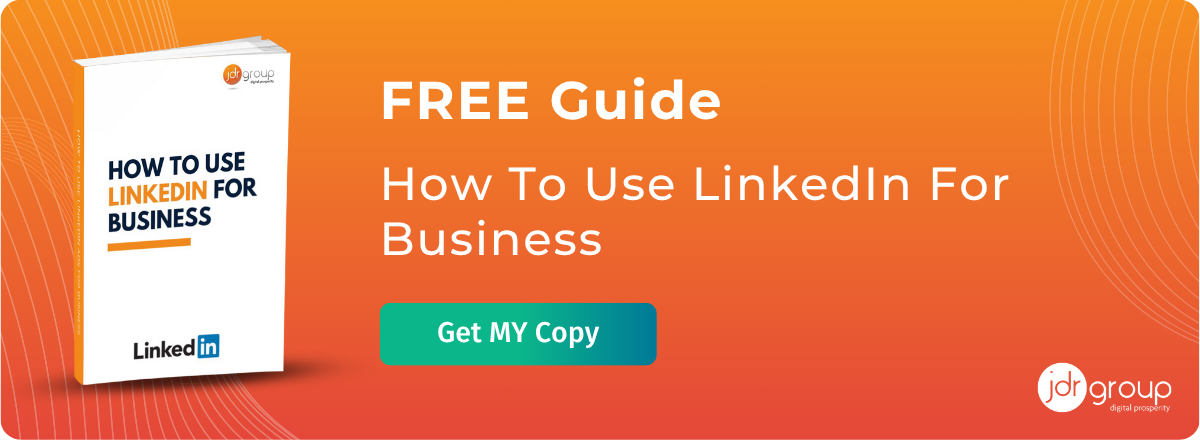LinkedIn vs Email Marketing – Which Should You Use To Generate Sales?
With research showing that two-thirds of B2B buyers decide which products to buy as a result of online content, it's not surprising that businesses are abandoning cold calling in favour of digital prospecting techniques. Two of the most popular sales generation solutions used by B2B companies are LinkedIn and email marketing. Which of these options should you choose if you want to get the best results, and can the two channels be used side by side? Let's take a look.
Growing your business on LinkedIn
LinkedIn has more than 450 million members wordlwide and, as it's a professional networking site rather than a ‘social’ media platform, it's the ideal place to find B2B buyers. In fact, LinkedIn claims that 50% of B2B buyers use information on the site as part of their decision-making process, so having a presence on the platform is a must. So much for the claims, and there is no denying the potential of LinkedIn – but hitting gold on the platform requires a strategic approach.
You could simply create a page for your company, and participate in relevant groups and debates. This is a good start. However, if you want to utilise the platform to generate sales, rather than just denoting your presence, try using LinkedIn Sales Navigator.
This paid tool will enable you to find potential clients, send them connection requests, and nurture your leads. You can also use it to check that the details you hold about specific companies and buyers are up to date, and to manage your sales pipeline. Sales Navigator can used in conjunction with a range of customer relationship management (CRM) platforms, including HubSpot, to avoid getting tied up using too many third party platforms.
The drawbacks of using LinkedIn on its own
While you can use LinkedIn effectively to build a database of prospects and put in the groundwork in terms of relationship-building, its messaging capabilities may not be suitable for your needs. You can only send a certain number of InMail messages each month, making it frustrating for SMEs who want to generate sales quickly. B2B buyers may also receive a lot of mail, so your message may get lost amongst your competitors' communications.
This is when you can use email marketing to supplement your lead generation efforts on LinkedIn, and draw prospects along the buyer journey towards closing the deal.
Email marketing – what you need to know
If you engage in email campaigns, you can contact large numbers of prospects at the same time, with customised content designed to address specific questions at the right time. What's more, you can automate the process using a platform like MailChimp or HubSpot to save time and personalise your emails, to increase the chances that the recipients will open them. You can even outsource the work to a specialist agency, leaving your sales team free to follow up hot leads.
While LinkedIn allows you to include images in the messages that you send out, you'll have even more freedom to include engaging content when you opt to use email campaigns. Including videos, infographics, or links to relevant blog posts or downloadable e-books could boost your chances of sales success.
In order to run a successful email marketing campaign, however, you'll need to a high-quality ‘opted in’ contact list – and these can take time to create. Buying lists can be a risky business, as the information on them may be inaccurate or out of date.
A balanced approach
Your ideal option, therefore, could be to employ LinkedIn and email marketing as part of a unified sales and marketing strategy. You could create reliable contact lists and reach out to potential clients using LinkedIn Sales Navigator, then place your new prospects on an email marketing list. Work with a business growth agency, like JDR, to maximise the revenue you earn. We can help you to formulate your prospecting and sales strategies, and take on some of your time-consuming chores.
Image source: Unsplash




